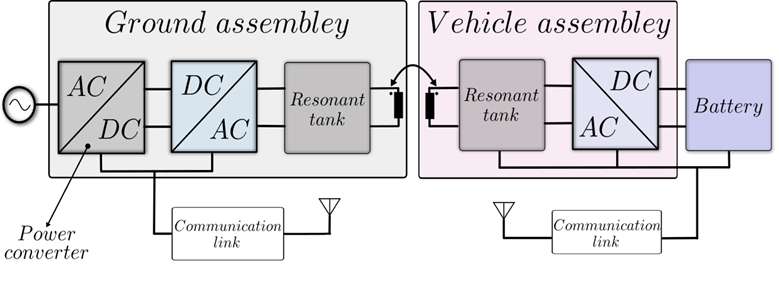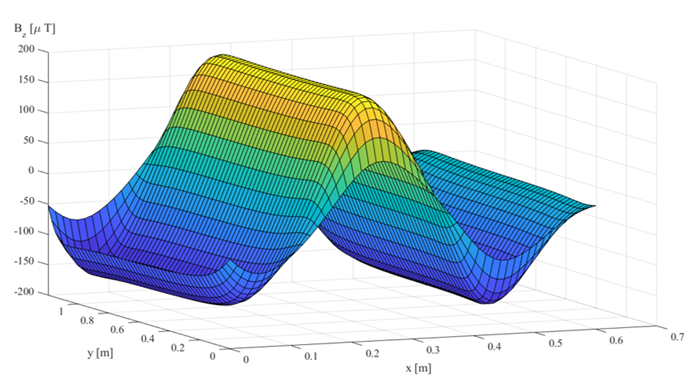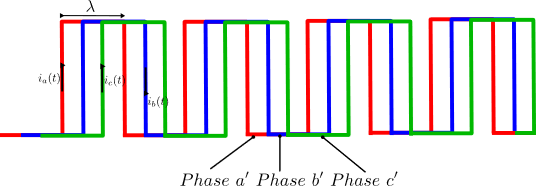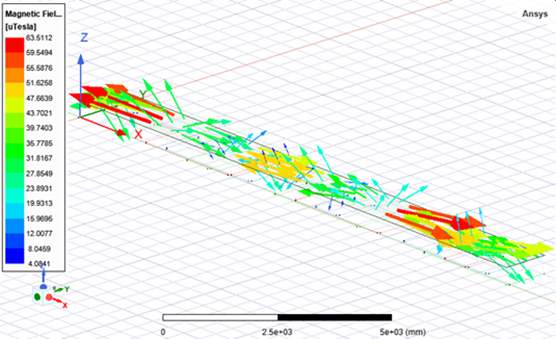Pablo Briceño, ESR 11 of the ETUT project, is developing a solution to the challenges faced in electrifying the railway system in the United Kingdom utilizing Wireless Power Transfer (WPT). This technology can overcome the architectural constraints and cost that have impeded the installation of overhead lines. Pablo’s research focuses on improving high-power WPT power converters and coil designs.
The United Kingdom's railway electrification has been an overwhelming challenge, costing an astonishing £1 million per kilometre of track. Installing overhead lines has proven to be complex, especially with the presence of tunnels and bridges in Victorian architecture. However, different solutions have emerged to address these challenges. Bi-mode units, hydrogen/battery systems, and battery-powered trains using Dynamic Wireless Charging technology are solutions proposed by industry and scholars for the future of railway transportation.
While bi-mode units still generate pollution and hydrogen/battery trains are appropriate only for shorter routes with lower demand, there is a promising alternative to incorporate energy storage on board for high-demanded routes, providing more flexibility for electrification inside tunnels: WPT technology.
Dynamic Wireless Charging, or dynamic WPT, is an innovative technology that offers a solution to the challenges of railway electrification and electric vehicles. It powers a loosely coupled power system consisting of power converters, passive components, and communication links to enable contactless power transfer from a ground assembly to a moving assembly (see Figure 1), such as a train. This technology can charge a train both while it's in motion (dynamic charging) and when it's stationary, reducing the onboard battery mass or increasing autonomy.

Figure 1. Principal components in Inductive Wireless Power Transfer.
However, applying WPT to railways is not straightforward. The power requirements for in this context are in the MW range, demanding a balance between power output and coverage length of the ground assembly. Additionally, rigorous limits must be imposed on magnetic radiation to prevent interference with other trackside equipment and to ensure safety. Power converters, equipment essential, must be capable of handling high voltage levels, typically in the kV range, while maintaining high efficiency.

Figure 2. Travelling magnetic field generated by transmitter coils.
The research is centred around a new idea of generating a traveling magnetic wave via multiphase Inductive Wireless Charging in the transmitter design, as shown in Figure 2, along with multiple receiver pads. This concept utilizes a traveling magnetic field to uniformly transmit power across a large working area, with high power output, while minimizing the stray magnetic field.
To make possible this idea, the author has explored into the intricate design of coils using electromagnetic theory and supported by Finite Element Method (FEM) Software (see Figure 3) to elaborate a new proposal. The design meticulously considers various geometric parameters to enhance magnetic coupling, thereby improving efficiency and reducing conduction losses in the coils.
Ongoing work involves the creation of a low-power prototype to validate the effectiveness of the coil design and its impact on the generated magnetic field. This step is crucial for ensuring that the theoretical concepts can be applied successfully in practical applications.


Figure 3. Design for multiphase transmitter design on FEM Software.
A part of the outcomes of this research has been published in the IEEE IECON 2023 conference, where a soft-switching approach for high-power converters applied in dynamic WPT was designed. (download here https://shorturl.at/enAKM). Future research will address the incorporation of frequency band restrictions related to railway operations in the UK.
In summary, the application of Dynamic Wireless Charging to the electrification of railways offers a solution to the challenges faced in the UK. The research seeks to refine the technology, advance the design of transmitter and receiver components, power electronics for WPT applications, and pave the way for a more sustainable and efficient future for railway transportation.

